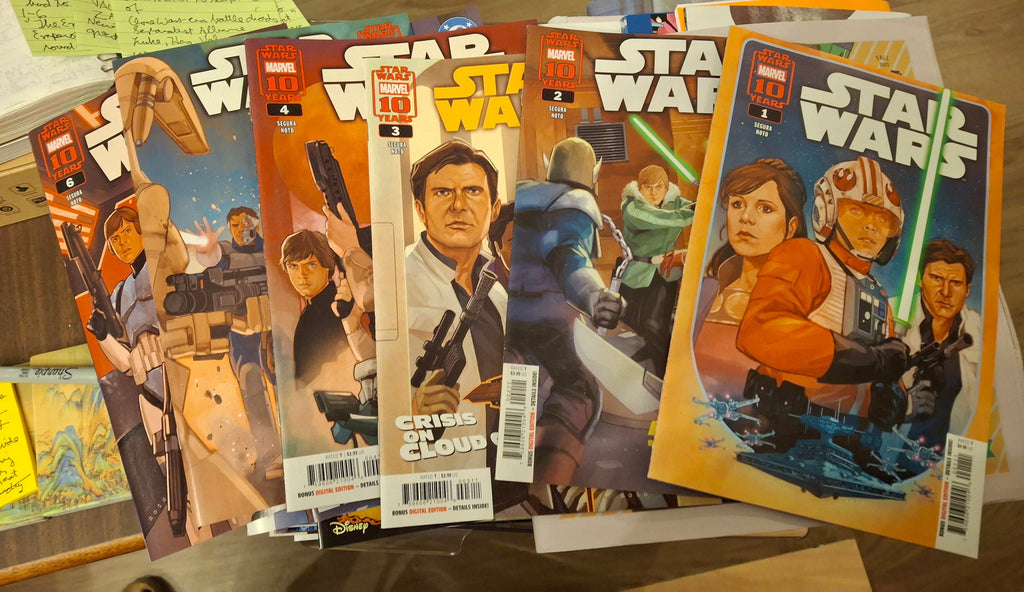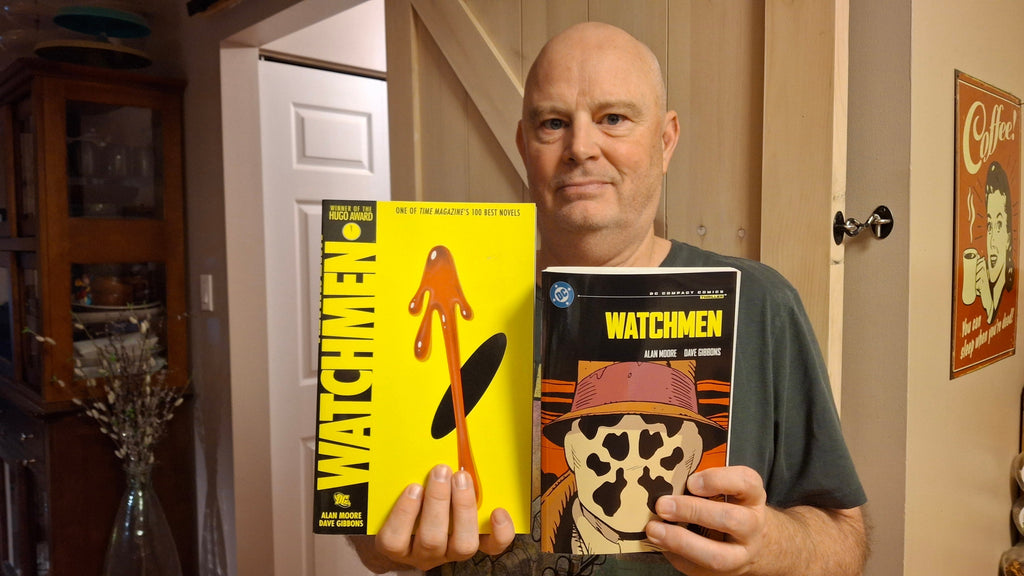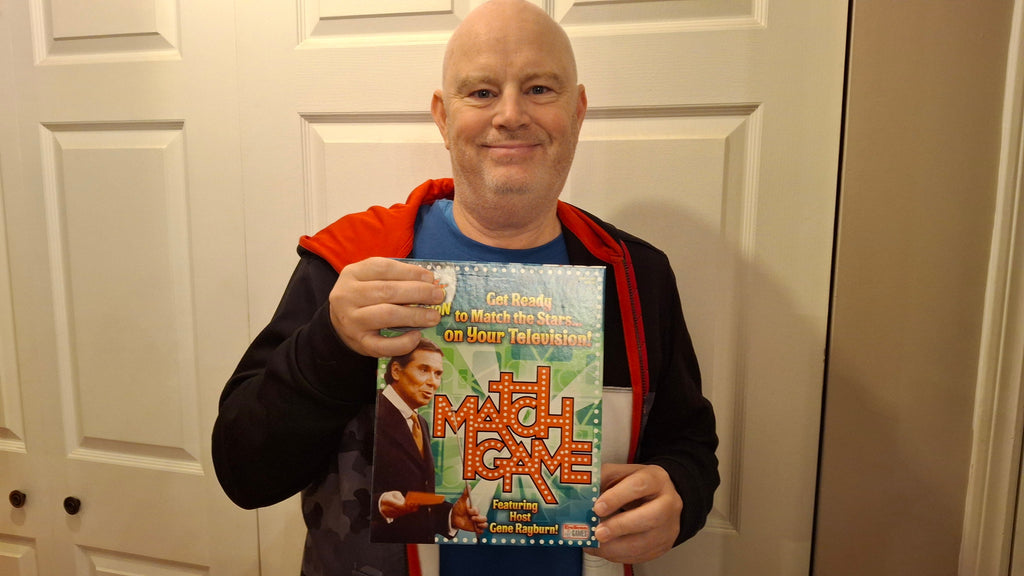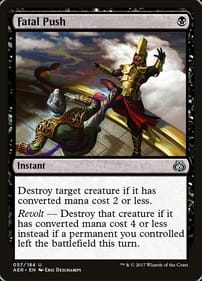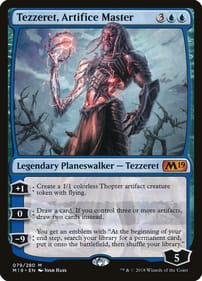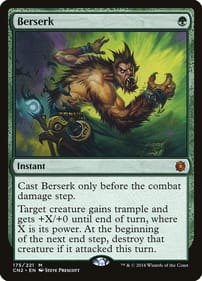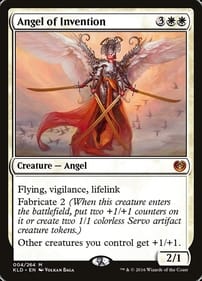New Star Wars Series Aimed at Fans
By Dan Brown Dedicated fans will get the most of out Marvel’s ongoing Star Wars title featuring Luke Skywalker, Han Solo, and Princess Leia. I would say I’m a fan of Star Wars, the Empire Strikes Back, and the first third of Return of the Jedi, so I enjoyed it just fine. This series – I looked at the first six issues – takes place in the timeline after the end of Return of the Jedi, with the Empire in tatters and our plucky bunch of heroes attempting to bolster the fledgling New Republic. There are all the usual trappings: blasters firing, lightsabres slicing, spaceships exploding, treaties being negotiated. (No one gets choked, though, which happens a lot in those original movies.) What will jump out at fans is how characters show up who have never been featured in a Star Wars movie. So the story – which revolves around Princess Leia wooing a system of planets to join her incipient interstellar government – has Solo teaming up with Valance, a bounty hunter who made his debut in Star Wars comics way back in 1978. Shades of Darth Vader, he was a self-loathing cyborg. Here, after he and Solo escape from a tight spot, the pair of rogues enjoy drinks at an alien-infested tavern. This is when Valance gives the Corellian a hard time for becoming part of the rebel establishment. “Things are different now, Valance. I can’t just hop in the (Millennium) Falcon and fly off on an adventure whenever I like,” the one-time smuggler and now married man explains. “The old days are gone.” What will also stand out for longtime fans is how the characters actually resemble the actors who portrayed them in the original trilogy — so Solo looks like Harrison Ford, Skywalker like Mark Hamill, and so on. Back in the day, the licence Marvel had with Lucasfilm stipulated that they couldn’t do this, in case George Lucas ever needed to re-cast any of the roles. What fans of those original comics got were bland, anonymous characters who had roughly the same hairstyle as the ensemble that made the movies such a sensation. It’s unclear how much of the interregnum between Return of the Jedi and The Force Awakens will be covered in the new series. And that’s part of the problem: Because there is so much plot infrastructure already in place, there’s only so many directions writer Alex Segura and artist Phil Noto can go. The result: The creative team is constrained in bringing real change to the existing universe (these comics are billed as canon, though). They can’t kill off a main character, for instance. Still, Luke does get to Force-shove some baddies out his way and fire up his laser sword. Solo does get to shoot his way back to his hunk of junk spaceship through a crowd of villains. And Leia does get hot-headed during some palace intrigue. If that sounds like fun, this is the series for you. By the way, I’m also a fan of the Last Jedi, the Mandalorian, Rogue One, Andor, and the standalone Solo movie. Now there’s an idea – since Solo: A Star Wars Story is unlikely to ever get a sequel on the big screen, why not have a comic series that details what happens to Han and Chewie in the decade before they meet Luke and Ben Kenobi on Tatooine? That would be something I could really get behind! Dan Brown has covered pop culture for more than 33 years as a journalist and also moderates L.A. Mood’s monthly graphic-novel group.
Goodbye to the Library Pub
By Dan Brown I wish I could go back in time to step into the Library Pub for the first time again. As a twentysomething journalism student at Ryerson University, what was I thinking as I stepped through the door on Toronto’s Dundas Street and walked up the stairs to the venerable pub? Did I know then how the Library Pub would become an unofficial headquarters for our class, how I would spend so much time there in the following two years, how it would loom so large in my memories? I ask these questions because the Library Pub, which was the dive of choice for many a generation of Rye High journalism students, will soon be no more. As of Nov. 15, the family that has owned the Imperial Pub (which is the downstairs part) is closing the whole business. The building is to be razed to make room for more housing for Toronto Metropolitan University students – the same school I went to in the 1990s, only with a different name. Located maybe three blocks from the j-school, the Library was where our class walked briskly on Oct. 3, 1995 when we heard the O.J. Simpson verdict was about to come down. We grabbed some glasses of draft, snuggled into the wide and worn leather couches, then asked the bar staff to switch the wide-screen TV to CNN. It was not the verdict I had expected. It was also where we went for a pitcher or two of Rickard’s Red after every occasion, like our final TV broadcast class. The old-school jukebox had maybe a hundred jazz songs on it and every one of them was Frank Sinatra’s Summer Wind. I bought many glasses of beer for my classmates, one of whom I am friends with to this day. In fact, she was the best “man” at my wedding. Journalism school was a shared experience, and that bar room is also where we bonded, complaining about our instructors and dreaming of how we would fix journalism while we played pool. We also watched episodes of The Simpsons, which was then in its glory days. In one episode it was revealed that Sideshow Bob’s real name is Robert Onderdonk Terwilliger, which was strange because we had a Rob Onderdonk in our class, too. And yes, I was told by my classmates that this conversation did take place on more than one occasion when I was missing from class: – Where’s Dan?– He’s at the Library.– Wow, he’s always at the Library, he studies so much.Along with many of my peers, I went on to a long career in journalism. My classmates became sports columnists and movie-magazine editors and freelance reporters. I spent almost a decade in Toronto all told before following my passion for journalism back to Southwestern Ontario. Now I mentor students who are roughly the same age I was in my prime drinking days. I haven’t been to the Library Pub in years, perhaps even decades, so I would be the first to admit: What I’m writing is really a tribute to the Library as it was back then, to the Library Pub of my mind – although I’m told it never changed much. I will also admit that some bars never get immortalized like this. In fact, this column belongs to the subgenre of articles about watering holes that get written for no better reason than they matter to journalists, like McSorley’s Wonderful Saloon (the New Yorker), the Wheat Sheaf Tavern (the Globe and Mail) and the Bucket of Blood/Victoria Tavern (the London Free Press). You can call me guilty of the same journalistic crime. Dan Brown has covered pop culture for more than 33 years as a journalist and also moderates L.A. Mood’s monthly graphic-novel group.
Are Comics At A Turning Point?
By Dan Brown Two comics-related announcements jumped out at me last week. They are both about the current state of the industry. What to make of them? I honestly don’t know. At this point, I’ve got more questions than answers. So I’m going to lay the two statements out for you, along with some thoughts, in hopes some kind of meaning will emerge. The first was a speech delivered by DC Comics President Jim Lee to comic-store owners at New York Comic Con, in which he said the company will never use artificial intelligence, so long as he’s the boss. “DC Comics will not support AI-generated storytelling or artwork. Not now, not ever, as long as I am in charge,” he promised the crowd. “Because what we do and why we do it is rooted in our humanity. It's that fragile, beautiful connection between imagination and emotion that fuels our media, the stuff that makes our universe come alive. It's the imperfect mind, the creative risk, the hand-drawn gesture that no algorithm can replicate.” “And when I draw, I make mistakes, a lot of them. But that's the point. The smudge, the rough line, the hesitation. That's me in the work. That's my journey. That's what makes it come alive. It's the product of true effort, of inspiration, and perspiration. Fans know this. They sense this.” “They can feel when something was made with care, when it cost the artist time, energy, heart, and effort. People have an instinctive reaction to what feels authentic. We recoil from what feels fake. That's why human creativity matters. AI doesn't dream. It doesn't feel. It doesn't make art. It aggregates it. Our job as creators, as storytellers, and as publishers is to make people feel something real. That's why we create, and that's why we're still here." That’s about as passionate a defence of the human element in comics-making I’ve ever heard. And, cards on the table, I have no interest in reading comics or graphic novels that aren’t created by human hands. But what if that’s what the market wants? What if young fans, who don’t have the same sentimental connection to comics history that I and my peers share, demand AI comics? Doesn’t DC have an obligation to serve the needs of those readers? I ask because, for instance, there’s an entire segment of fandom that don’t want to read about characters like Batman – they want to be Batman, which they can do via online gaming. I’m not sure those fans care who (or what) is rendering their favourite characters. The second thing I noticed last week was a social-media post (I saw it on Facebook) from legendary comic writer Gail Simone, who has penned stories featuring heroes from Superman to Batgirl to Deadpool to her own creator-owned characters. “It's been a really weird time for comics, there's no question about that,” she wrote.“But I've spoken with the very biggest of wigs at three of the top five publishers in the last six weeks and they all said the same thing: Comic sales are up, a lot.” “One also said there is a definite trend towards specifically physical things, particularly a subset, newish physical things, that people want to purchase. The message seems to be that different formats and variants and specialty items are growing in sales in a big way, while digital sales remain flat. It is honestly the most excited I have seen these companies in years.” “This is going on through the pandemic and the election and inflation and tariffs and the distribution nightmare that retailers have to deal with. All those challenges, and comics are up and rising. I'm talking physical sales from U.S. publishers. In spite of all that stuff. And several companies have produced some genuine banging hits requiring multiple printings.” “Not everything is rosey, but I think that's pretty exciting. I know there are caveats but without strong sales, nothing else matters, nothing is fixable without people getting the books. There's a lot of people who wouldn't give up . . . creators, publishers, retailers, and I'm thankful because you guys, I love this artform more than just about anything. But it all starts with readers. SO THANK YOU, READERS!” Simone’s comments echo news coming out of the same gathering where Lee spoke, New York Comic Con. A report by Heidi MacDonald of Publishers Weekly quoted numbers showing sales are up by 27 per cent at many comic shops in the U.S. “despite looming threats from tariffs, recessions, book bans, and the turmoil generated by the Diamond Comic Distributors bankruptcy.” That all sounds like good news to me. And maybe an indication AI may not be as much of a threat as some think. Dan Brown has covered pop culture for more than 33 years as a journalist and also moderates L.A. Mood’s monthly graphic-novel group.
Why Not AI Actors?
By Dan Brown One AI-generated actress tries to get an agent, and all of sudden Hollywood loses its mind. That’s what happened over the last couple weeks when the company behind Tilly Norwood, the AI performer, shopped its creation around Tinseltown to talent agencies in hopes of attracting representation – as reported in outlets like the Hollywood Reporter. Tilly buys iced coffee on the street. Tilly has money problems. And even though Tilly has an Instagram account like other celebrities, she’s not a real person. It’s a character, a program that could even be a useful tool in the hands of the right filmmaker. (Tilly also waves a lot, I think to show that her hands don't have any extra digits.) Among those speaking out against Norwood was SAG-AFTRA, the union that represents the human actors who appear in movies and on television in the U.S. “It has no life experience to draw from, no emotion and, from what we’ve seen, audiences aren’t interested in watching computer-generated content untethered from the human experience,” the union huffed in a statement, “It doesn’t solve any ‘problem’ — it creates the problem of using stolen performances to put actors out of work, jeopardizing performer livelihoods and devaluing human artistry.” Does this union know anything about movie history? At its most basic, Tilly Norwood is just the latest special effect in an industry whose trade is making unbelievable things look real. And computer-generated characters have been on our screens since at least the early 1990s, when George Lucas used them as background actors in The Young Indiana Jones Chronicles, paving the way for his Star Wars prequel trilogy. It’s funny, because when Lucas debuted the character Jar-Jar Binks in 1999’s The Phantom Menace, I remember a lot of griping about the Gungan by critics, but no one complained the alien was putting anybody out of work due to his being a CGI creation. Animation itself goes back several decades deeper into the past. Has SAG-AFTRA ever objected that Foghorn Leghorn was a danger to its members? As for the charge that Norwood was trained on the performances of human actors without compensation, that holds water. It’s also what flesh-and-blood performers have been doing since acting was invented. Did Christian Slater ever pay Jack Nicholson for being the basis of his character in the 1988 film Heathers? No, because there’s a time-honoured tradition that younger actors study classic performances – by Nicholson, Marlon Brando, Meryl Streep, Al Pacino, take your pick – and then swipe the mannerisms of their elders, incorporating them into their own work. No doubt the union heads are working on a way to outlaw that “theft,” too. Also, I hate to break it to SAG, but agreeing to represent an AI isn’t the sleaziest thing a Hollywood agent has ever done to make a buck. Me, I’m old school. I happen to believe no AI or CGI or any other character brought to life by means of technological trickery will ever be able to approximate what the best actors can do on the movie or TV screen, or on stage for that matter. From what I’ve seen so far, they won’t even be able to come close. But if audiences decide they want to watch Tilly Norwood over the real thing, who am I to say they’re wrong? Here’s a novel idea: Let’s let the market decide. Dan Brown has covered pop culture for more than 33 years as a journalist and also moderates L.A. Mood’s monthly graphic-novel group.
Compact Edition Not Quite Watchmen Babies
By Dan Brown When it comes to comics, size matters. But not as much as paper quality. That’s my conclusion after checking out a mini-edition of the classic Alan Moore/Dave Gibbons graphic novel Watchmen. Published under the DC Compact Comics banner, the smaller reprint contains all 12 issues of the 1986 tale about a superhero murder in an alternate America teetering on the edge of nuclear war with Russia. I found the compact edition didn’t suffer for the reduction in size. Powerful scenes, like when Doctor Manhattan zaps Rorschach into oblivion, still pack a powerful punch. I have feeble middle-aged eyes, but I could still read the dialogue without straining. All that said, I still prefer the original edition. The only real advantage the compact version has is its portability. If I was taking Watchmen to read on a beach on a hot summer day, I’d reach for the smaller one. (Of course, if I took Watchmen to the beach, I’d be a deeply weird individual.) How much smaller are we talking? The Compact Comics edition measures 5.5 by 8.5 inches and has a cover price of $13.50. Compare that to the regular size, which measures 6.75 by 10.25 inches, and set me back $22.99 when I picked it up a number of years ago. (Both of them are paperbacks.) If you’re thinking “Don’t odd-size comics have a long history?” you’d be right. Growing up in the 1970s and going to the grocery store with my Mom, I’d see mini-digests of Archie comics at every checkout. I never bought even a single one. I suspect even today, it doesn’t matter much what size Archie comic you buy, the characters and stories likely land the same. But also in the Seventies, if a comic was momentous enough, it would be published in a huge oversize treasury edition (10.5 by 13.5 inches). Those ones were reserved for “event” stories, as when Superman fought Spider-Man in the first DC/Marvel crossover. When Superman squared off against Muhammad Ali in the boxing ring, that story also got the oversize treatment. Naturally, those bigger comics came with a premium price. The one shame about the tiny Watchmen book was the cheaper paper DC used, which diminishes the effect of its colour scheme. Colour artist John Higgins is the unsung hero of Watchmen, and his powerful colouring doesn’t get the props it deserves as an essential part of the Watchmen reading experience. He specifically chose a non-traditional superhero palette, and the story’s impact is lessened with the switch. Doc Manhattan, to name one example, just isn’t as otherworldly when the luminescent blue covering his body is toned down on the duller paper. Watchmen remains one of the best-selling comics of all time. It continues to top sales charts decades after it was published, first as a monthly comic, then a collected graphic novel. So my bottom line is, if a smaller version helps comic stores to move product, then it’s a good thing. If it turns newbies onto Watchmen, or even turns people into fans of the medium in general, then I’m all for it. I’m sure Alan Moore would have something angry to say. Dan Brown has covered pop culture for more than 33 years as a journalist and also moderates L.A. Mood’s monthly graphic-novel group.
Game Show Hosts Have It All
By Dan Brown Game-show hosts fascinate me. Not so much their on-screen personas (although I think it takes great skill to host a quiz show), but more their lives off-screen. What are they like in person? What do they do when they’re off the clock? Is each one slowly going insane due to the same witch’s brew that has been the doom of many an entertainer – an excess of cash and free time? I’ll admit up front I haven’t hosted a game show myself, nor have I appeared on one. I did interview Alex Trebek once when he came to Toronto in the 1990s for a cattle call in Toronto to drum up interest in appearing on Jeopardy! I also auditioned, failing to make it even as far as the first round. In the same decade, I also interviewed Ben Stein and Jimmy Kimmel (then co-hosts of Win Ben Stein’s Money). As well as such game-show regulars as Charles Nelson Reilly and Betty White, when Match Game’s Gene Rayburn died. Most of what I know about game shows, and the dudes who preside over them, comes from being a regular watcher of programs such as Wheel of Fortune, Family Feud, and Remote Control. The guys with the perfect hair and whiter-than-white teeth are handsomely paid for their services, which is as it should be. I’ve done a tiny amount of broadcast work so I can confirm that being a so-called “traffic cop” whose job is to welcome contestants, make small talk, ask questions, then move the players through the different stages of an individual episode is so much harder than it looks. And to do that with panache, day after day, is a skill few people have. They make it look easy. Five years ago, Newsweek reported Trebek earned $18 million a season. That figure puts him up there with some of the highest-paid entertainers on the small screen. Nor does that sum take into account the bucks he brought in from his other gigs, like being a spokesman for insurance companies. And unlike talk-show hosts, a guy like Trebek didn’t work all year long. Again, depending on the news source you find, he worked maybe two months out of 12 (or the weekly equivalent) taping an entire season of the long-running quiz show. The questions such a lifestyle raises are obvious. What do they do with all that time off? And with pretty much unlimited resources, what do they do to keep themselves amused? Most importantly, how do they keep themselves out of trouble? Idle rich hands, the conventional wisdom goes, are the playthings of the devil. There are some game-show hosts, the late Bob Barker to name one, who had causes they supported when not on the set. Barker, famous for his neuter-or-spay spiel at the conclusion of every showcase showdown, found focus in lending his star power to organizations that were devoted to animal welfare. It gave him something to do. However, the cause can’t be so off-the-wall that your work as a celebrity endorser takes the spotlight off your main money-maker. Pat Sajak is into conservative political causes, but you rarely heard about it when he was hosting Wheel of Fortune because he didn’t want his extracurricular activities to draw attention away from the show. I should also mention that most of these programs are filmed in California, so it would be easy for your typical American male to go to seed quickly in those surroundings. I liken them to rock stars, another group that is highly paid, but also has to contend with bags of downtime. Boredom plus money has been the end of many a promising career in the musical world. Luckily for us working schlubs, we never have to worry about how to give our existence a purpose. We’re too busy working our slaving jobs to get our pay to think about the meaning of life. Dan Brown has covered pop culture for more than 33 years as a journalist and also moderates L.A. Mood’s monthly graphic-novel group.


